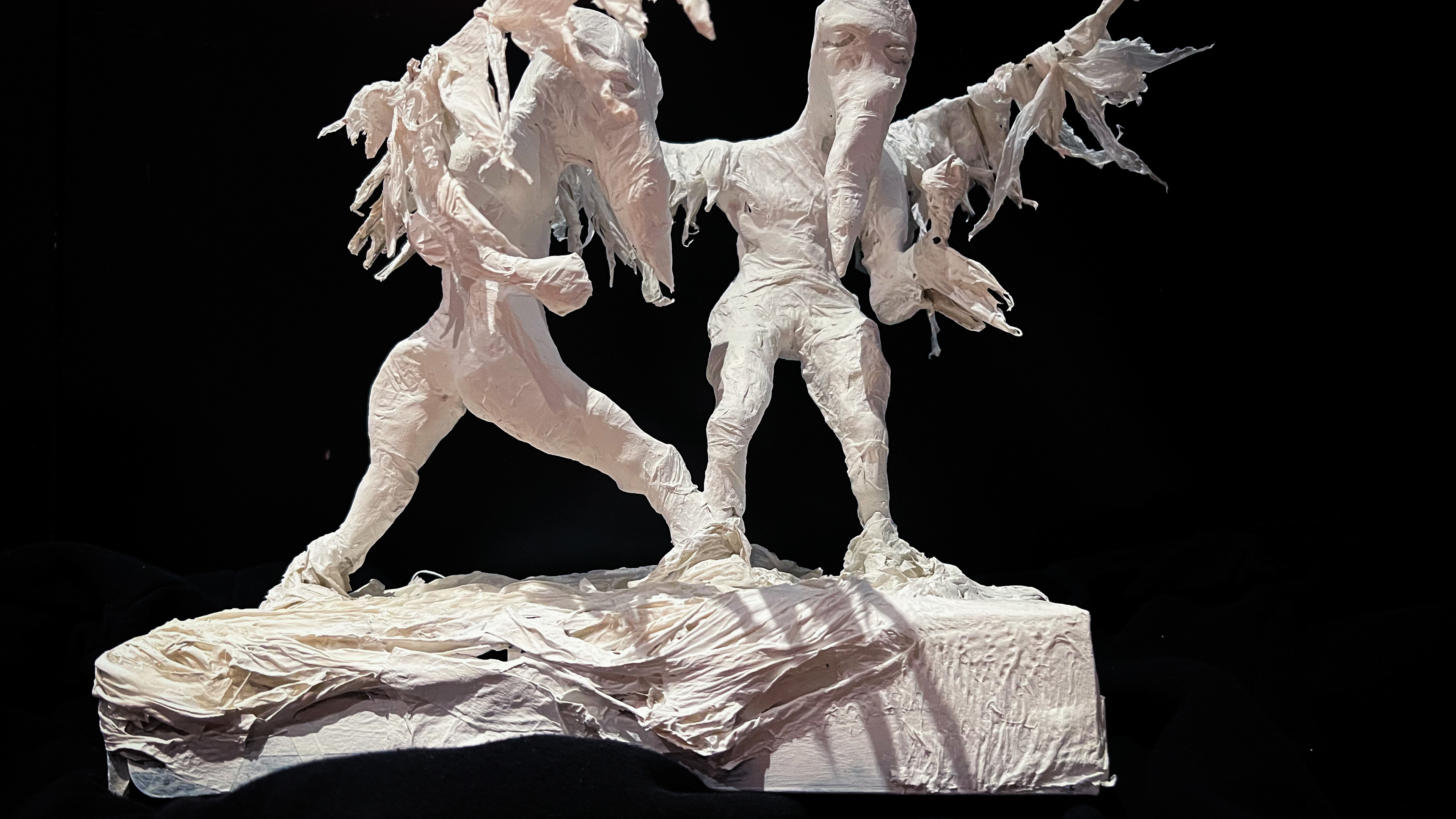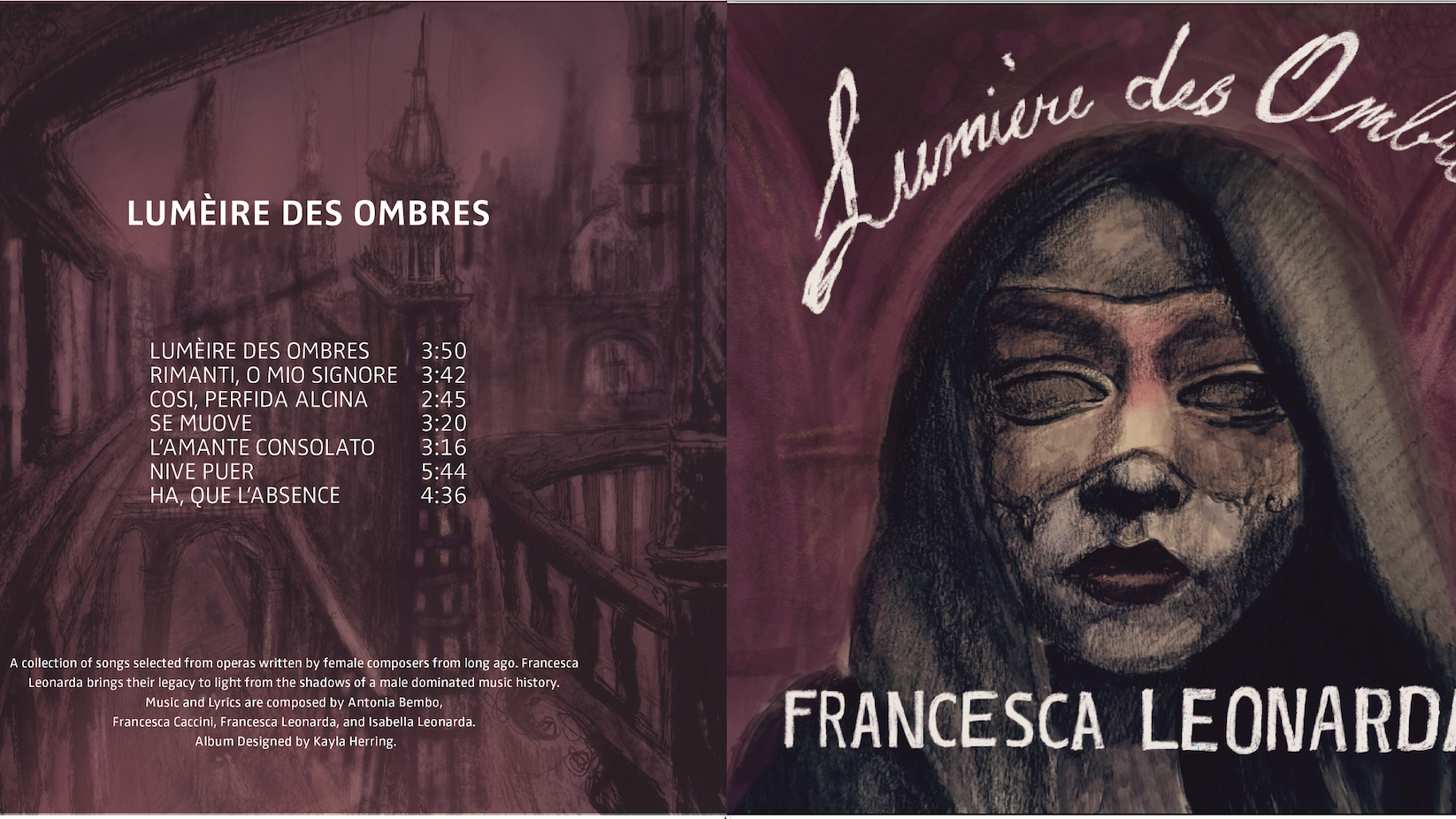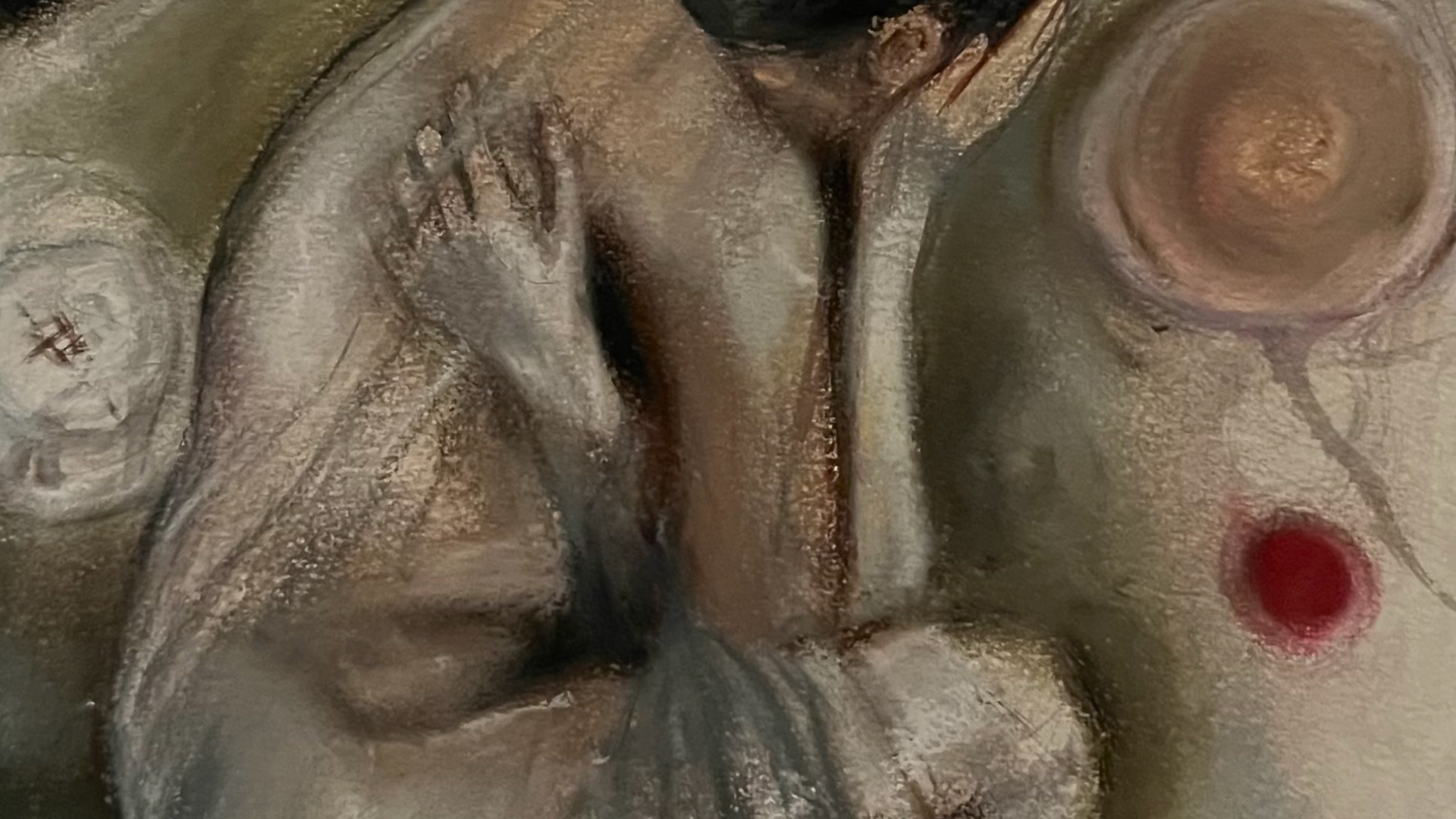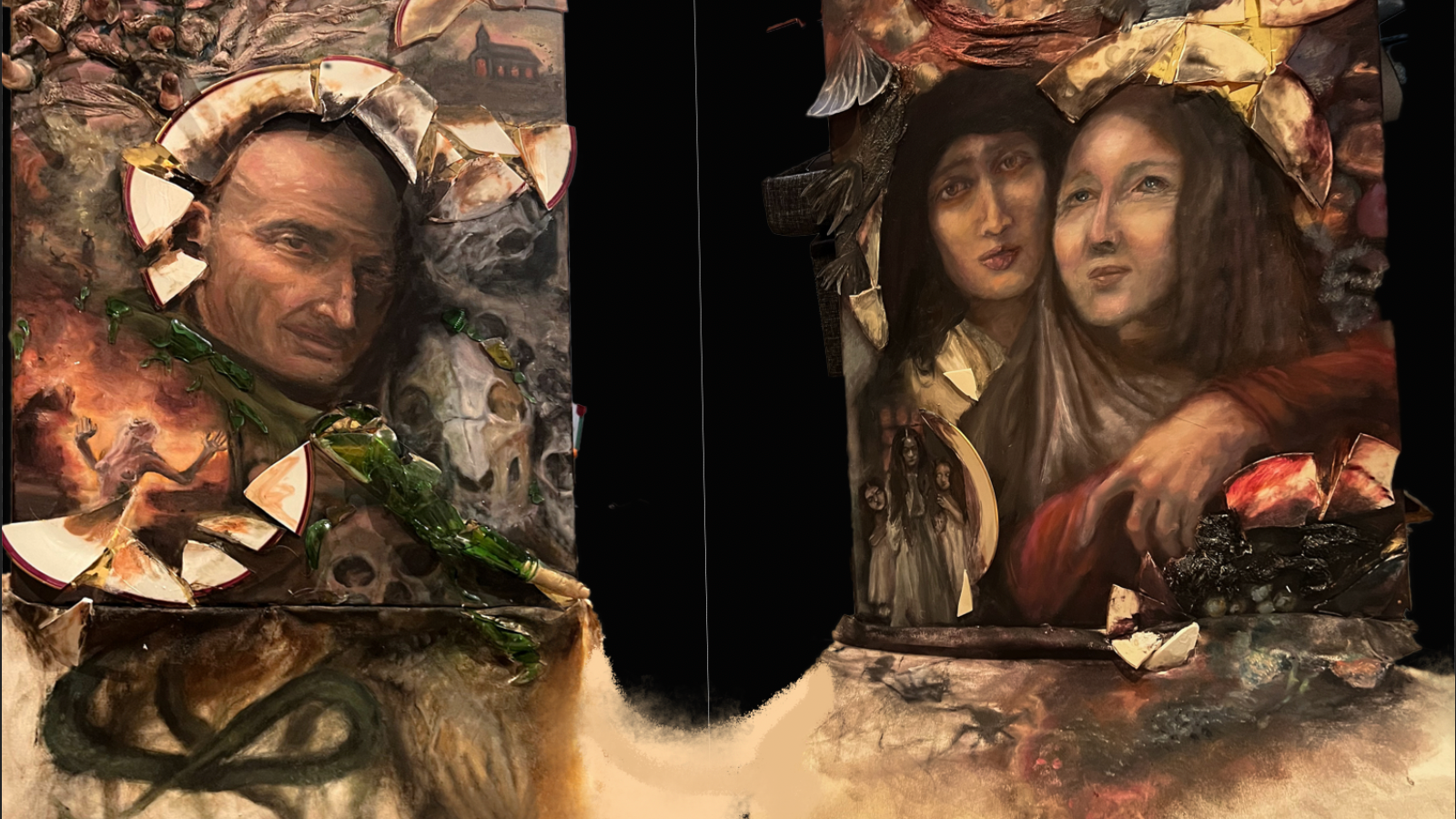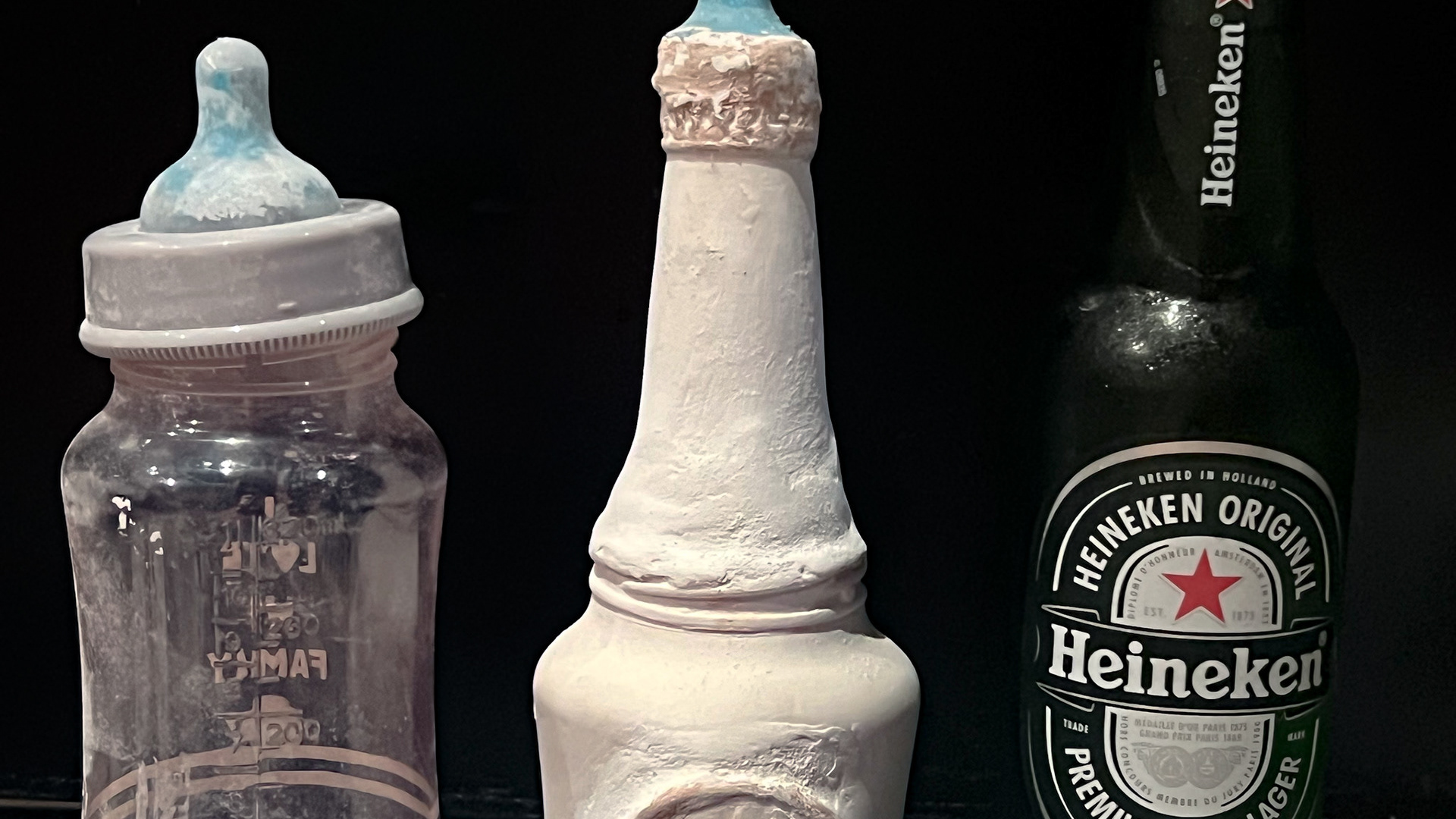Leviticus 15:19-27 When a woman has her regular flow of blood, the impurity of her monthly period will last seven days, and anyone who touches her will be unclean till evening. Anything she lies on during her period will be unclean, and anything she sits on will be unclean.Whoever touches her bed must wash his clothes and bathe with water, and he will be unclean till evening. Whoever touches anything she sits on must wash his clothes and bathe with water, and he will be unclean till evening.Whether it is the bed or anything she was sitting on, when anyone touches it, he will be unclean till evening.f a man lies with her and her monthly flow touches him, he will be unclean for seven days; any bed he lies on will be unclean. When a woman has a discharge of blood for many days at a time other than her monthly period or has a discharge that continues beyond her period, she will be unclean as long as she has the discharge, just as in the days of her period.Any bed she lies on while her discharge continues will be unclean, as is her bed during her monthly period, and anything she sits on will be unclean, as during her period.
The passage above is a text that was reinforced throughout my teenage years by various male youth pastors and church leaders. Menstrual cycle stains, a shared experience for most of us who menstruate, were demonized and shamed. As a result, my relationship with my body's cycles is currently in a process of healing and relearning.
The concept of this dyeing process is to stain the “clean” fabric and make it what would be religiously viewed as unclean metaphorically. Rejecting the emphasis on maintaining purity by hiding menstruation, I dyed the fabric the madder root, butterfly pea, beetroot, and avocado. All natural materials used have an ancient or historical background in relation to sexuality or menstruation.
PLEASE NOTE THE BELOW IMAGES ARE NOT ACTUAL BLOOD IT IS LEFT OVER BEET DYE



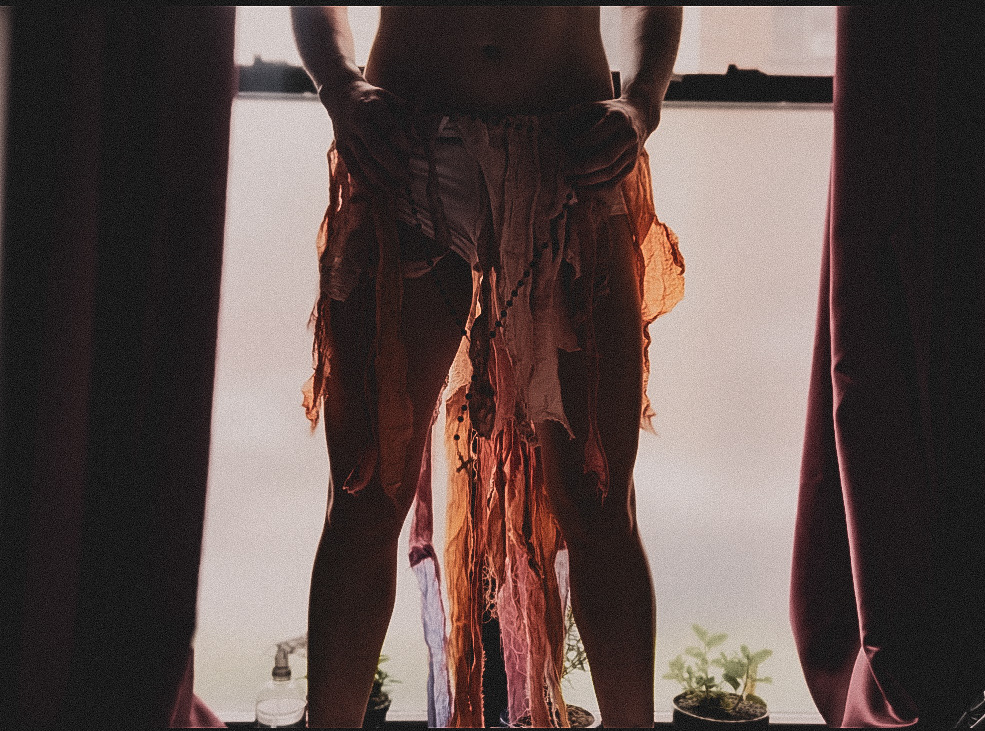







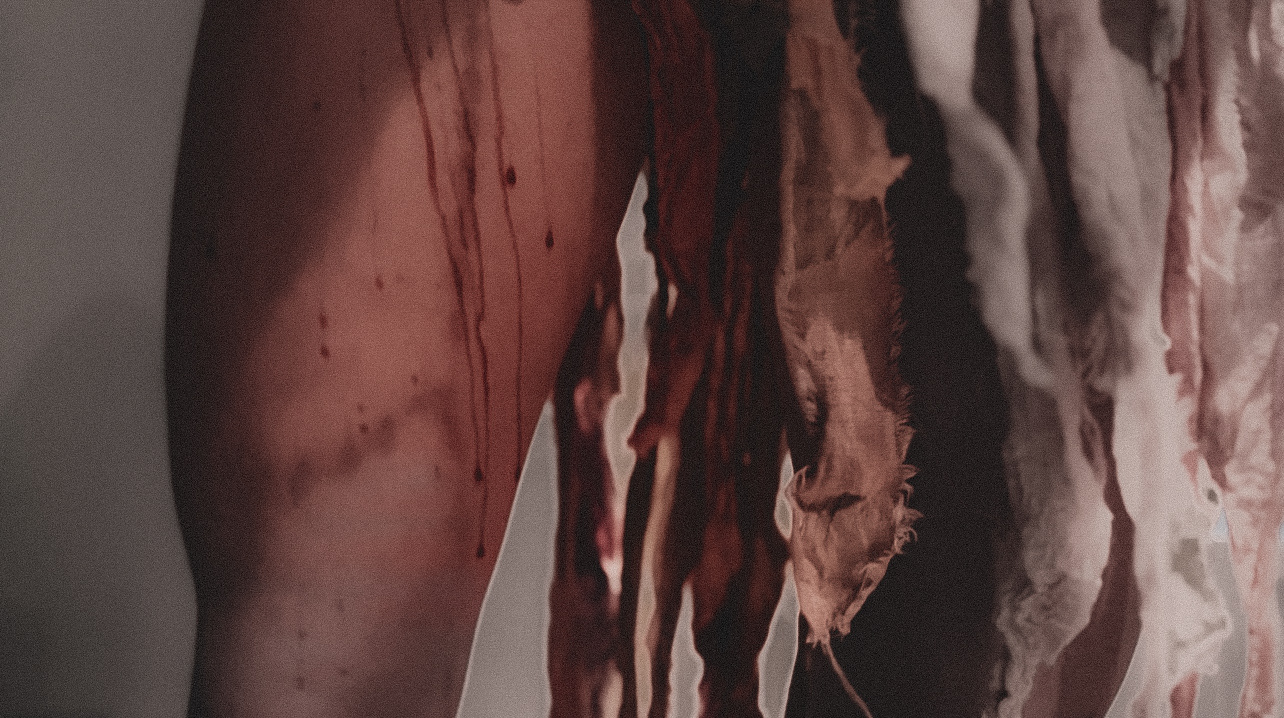




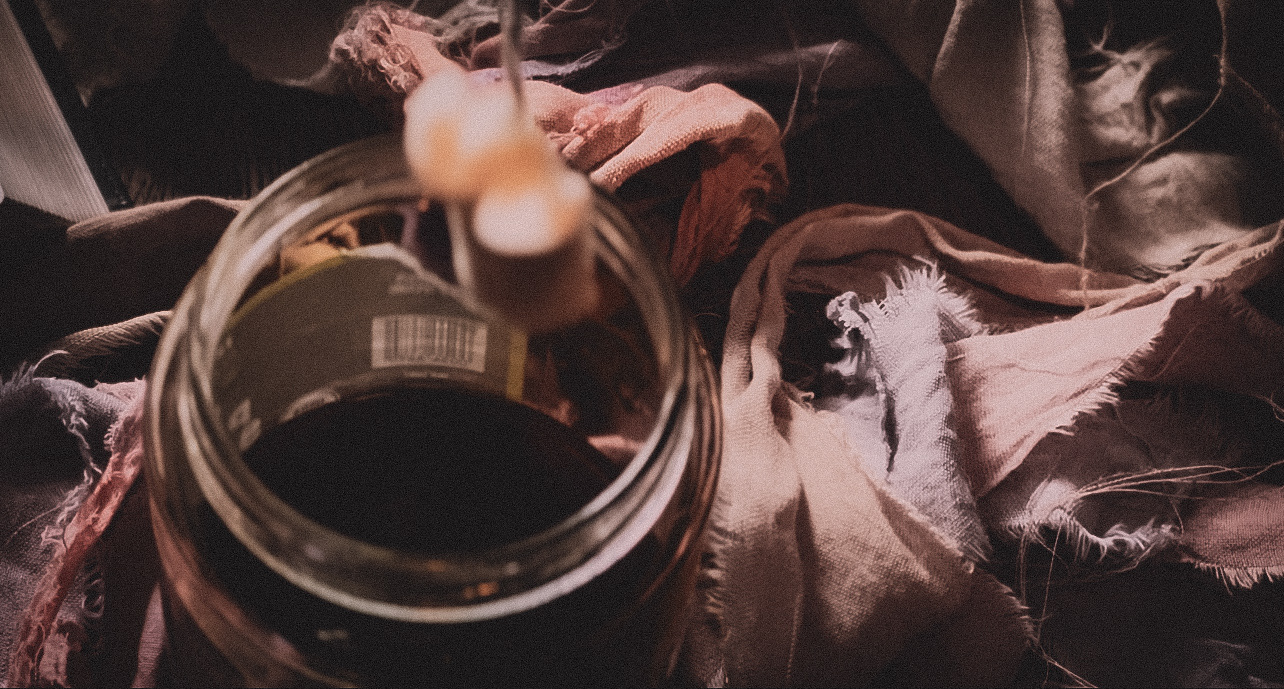
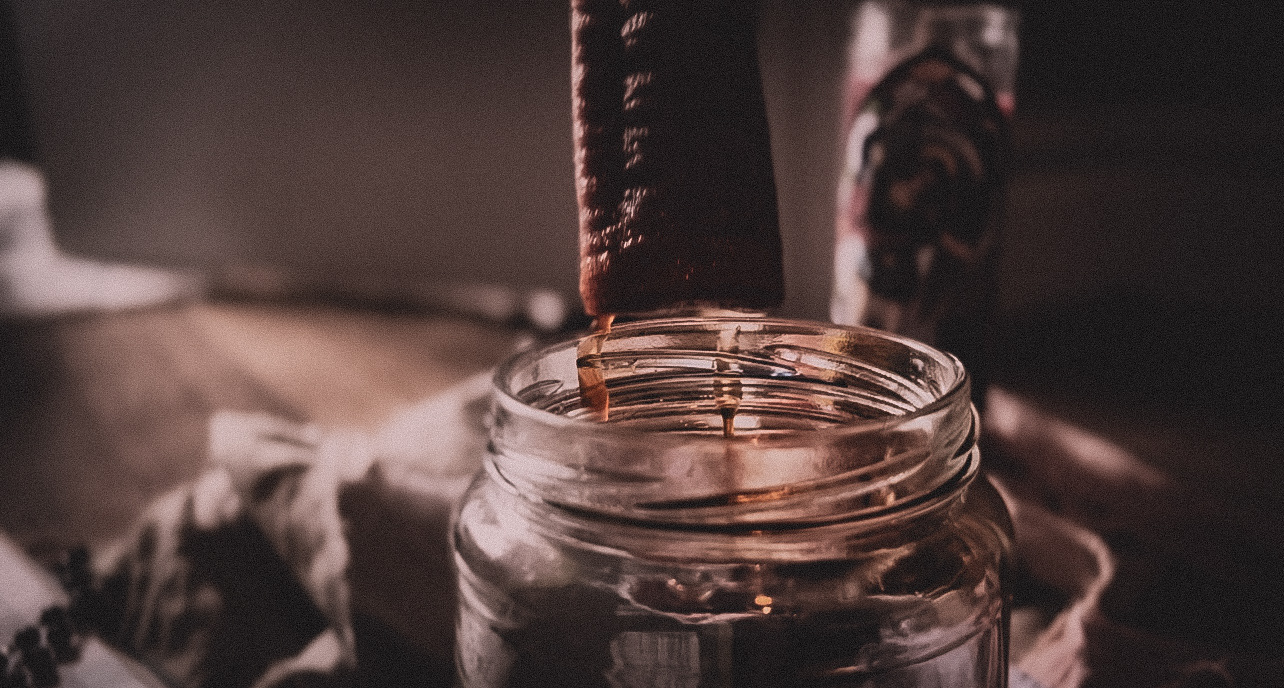

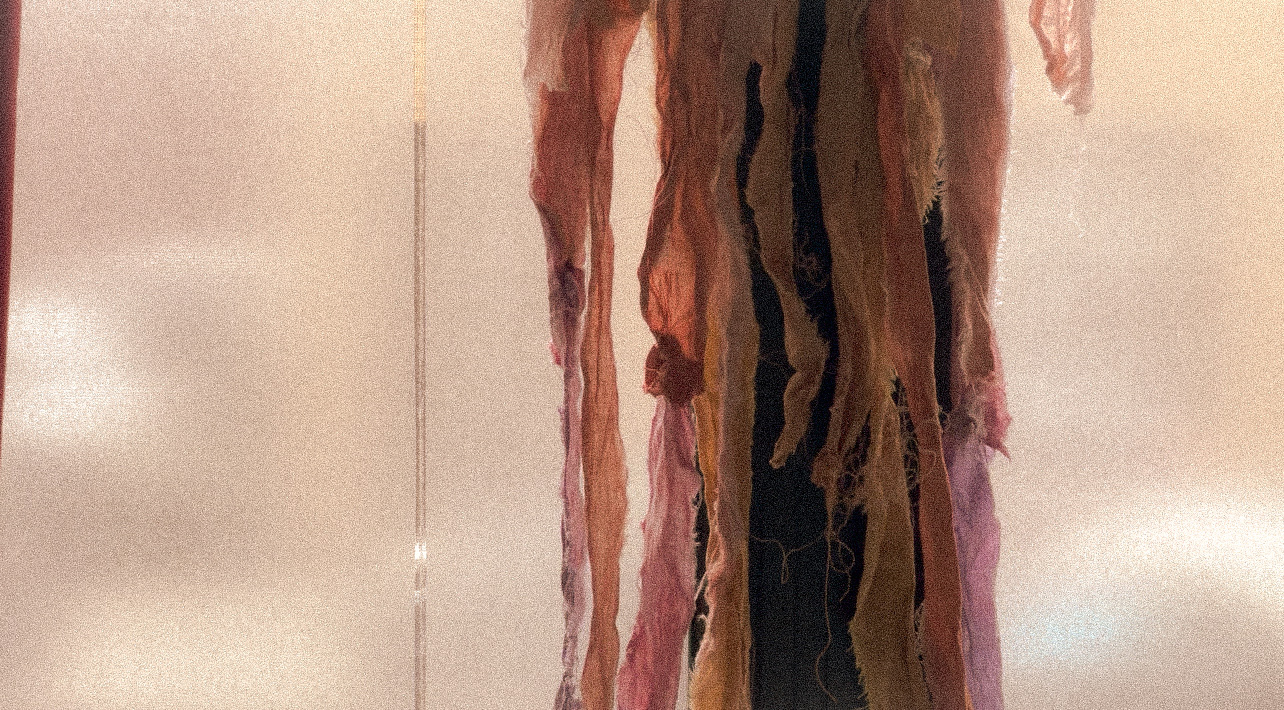

DYES USED
BUTTERFLY PEA
I chose butterfly pea because I read that women who are on their menstrual cycle should not drink it or use it because it increases blood circulation. Due to this property, it seemed appropriate to use it in a rejection of religious shaming around menstruation.
AVOCADO DYE
The name Avocado comes from the Nahuatl word Ahuacatl meaning "testicle"1. Growing in pairs, the Aztecs viewed them as a sign of love and fertility.
Peggy Filippone, “From Aztec Aphrodisiac to American Obsession, Avocados Spread Delight,” The Spruce Eats, January 7, 2020, https://www.thespruceeats.com/history-of-avocado-1807562#:~:text=Used%20by%20Aztecs%20as%20a.
BEETS
In Roman times, beets were used as an aphrodisiac or a food that stimulated sexual desire. In the ancient towns under Mount Vesuvius buried under ash in 79 AD, archaeologists found paintings of beetroot on the walls of brothels. The ancient view of the beet is due to the amount of boron contained in the root which is related to the production of sex hormones2.
“History of the Beet,” Just Beet It, accessed April 8, 2024, https://www.justbeetit.com/history-of-the-beet#:~:text=Since%20ancient%20times%2C%20the%20beet.
Madder root has been traditionally used for menstrual disorders as it is thought to encourage blood flow3. Additionally, it is a blood purifier that helps to restore optimal uterus health.
“Indian Madder/Manjishtha: What Is It, It’s Uses and Benefits on Skin,” Vicco labs, accessed April 8, 2024, https://viccolabs.com/pages/ayurveda-indian-madder#:~:text=The%20Indian%20Madder%20root%20has.

